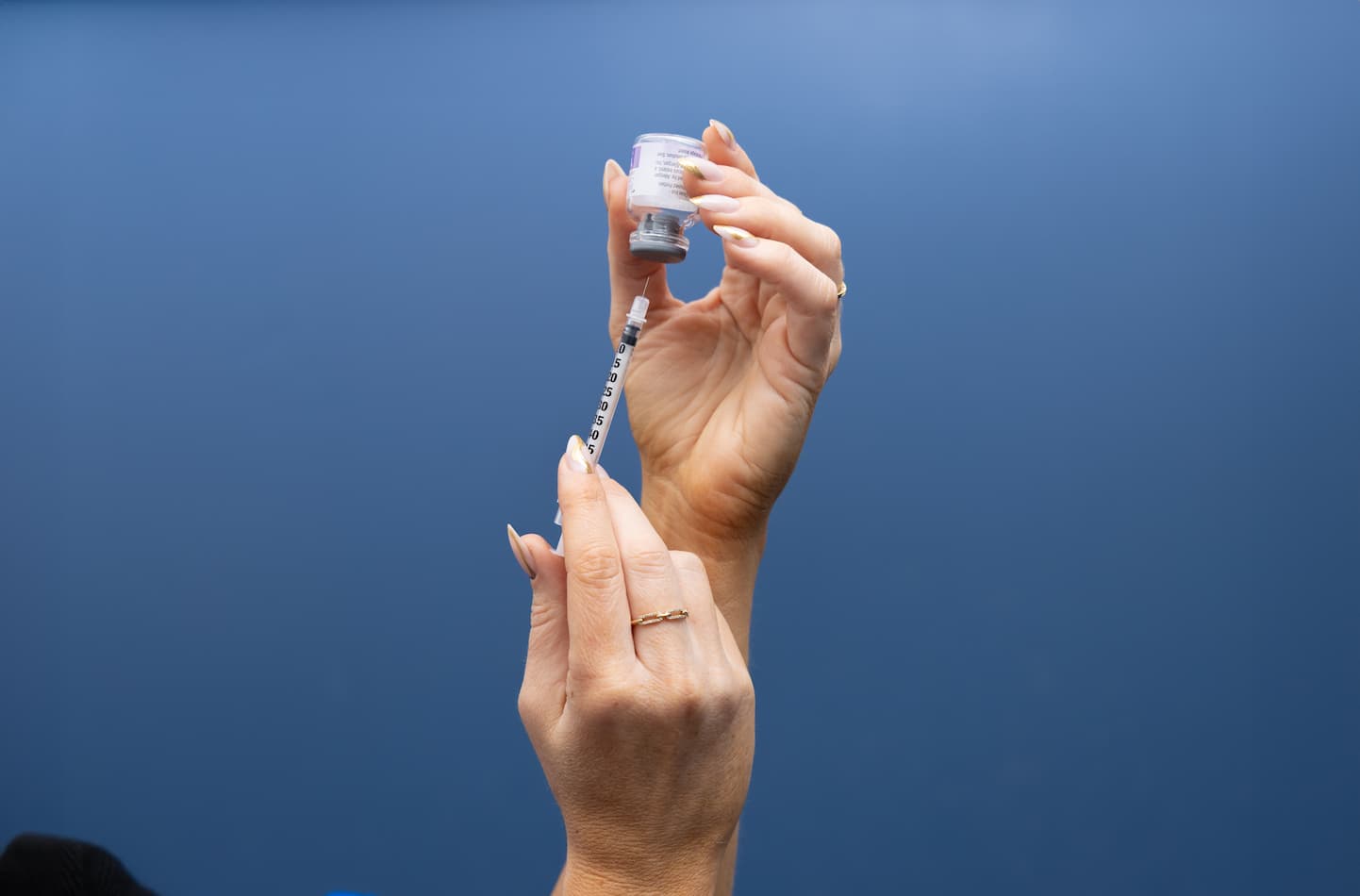Refer a friend, and both you and the person you refer will get $50 off your visit($250 minimum purchase). Learn more!
PRF Gel is here! Smooth fine lines and achieve subtle volume with natural filler. Learn more!

In the realm of facial aesthetics, the terms "Botox" and "Fillers" have become synonymous with rejuvenation and timeless beauty. Join us on a journey through Neuromodulators 101 as we decode the intricate art and science of these transformative procedures, offering you a comprehensive understanding of how Botox and Fillers work their magic.
Before we dive into the specifics of Botox and Fillers, let's establish a fundamental understanding of neuromodulators. These are substances that alter nerve impulses, influencing muscle activity and, in turn, addressing various aesthetic concerns. In the world of facial aesthetics, Botox and Fillers are two prominent players, each with its unique set of medical mechanisms.
Botox, short for Botulinum Toxin, is a neuromodulator renowned for its ability to smooth wrinkles and fine lines. The magic lies in its ability to temporarily paralyze or relax specific muscles, preventing them from contracting and forming wrinkles. Botox is particularly effective in treating dynamic wrinkles—those caused by repetitive facial expressions. Whether it's crow's feet, forehead lines, or frown lines, Botox can provide a youthful and refreshed appearance.
Unlike Botox, fillers don't relax muscles; instead, they add volume to specific areas, restoring lost volume and smoothing out wrinkles. Most fillers use hyaluronic acid, a substance naturally found in the skin, to plump and hydrate. The medical mechanisms involve injecting the filler into targeted areas, such as the cheeks, lips, or nasolabial folds, to achieve a more youthful and rejuvenated look. Fillers are versatile, addressing various concerns with precision and artistry.
Administering neuromodulators is both an art and a science. Skilled practitioners understand facial anatomy, muscle structure, and the unique features of each patient's face. The injection process involves precision and expertise to achieve natural-looking results. Whether it's the strategic placement of Botox for a subtle lift or the artistic contouring with fillers, the goal is to enhance one's natural beauty while maintaining facial expression and individuality.
Both Botox and Fillers provide relatively quick results, with improvements becoming noticeable within days. Botox effects typically last around 3-4 months, while fillers can last anywhere from 6 months to 2 years, depending on the type used and the individual's metabolism. Regular maintenance sessions can help prolong the effects and ensure continuous youthful radiance.
While these procedures are generally safe when performed by experienced professionals, it's crucial to prioritize safety and choose a reputable provider. A thorough consultation is essential to discuss expectations, potential risks, and to create a personalized treatment plan that aligns with your aesthetic goals.
Neuromodulators, particularly Botox and Fillers, offer a nuanced approach to facial rejuvenation. By understanding the medical mechanisms behind these treatments, you can make informed decisions about enhancing your natural beauty. Consult with experienced practitioners, embrace the art and science of facial aesthetics, and embark on a journey to redefine your appearance with precision and expertise. Neuromodulators 101 is your guide to unlocking the secrets of timeless beauty.